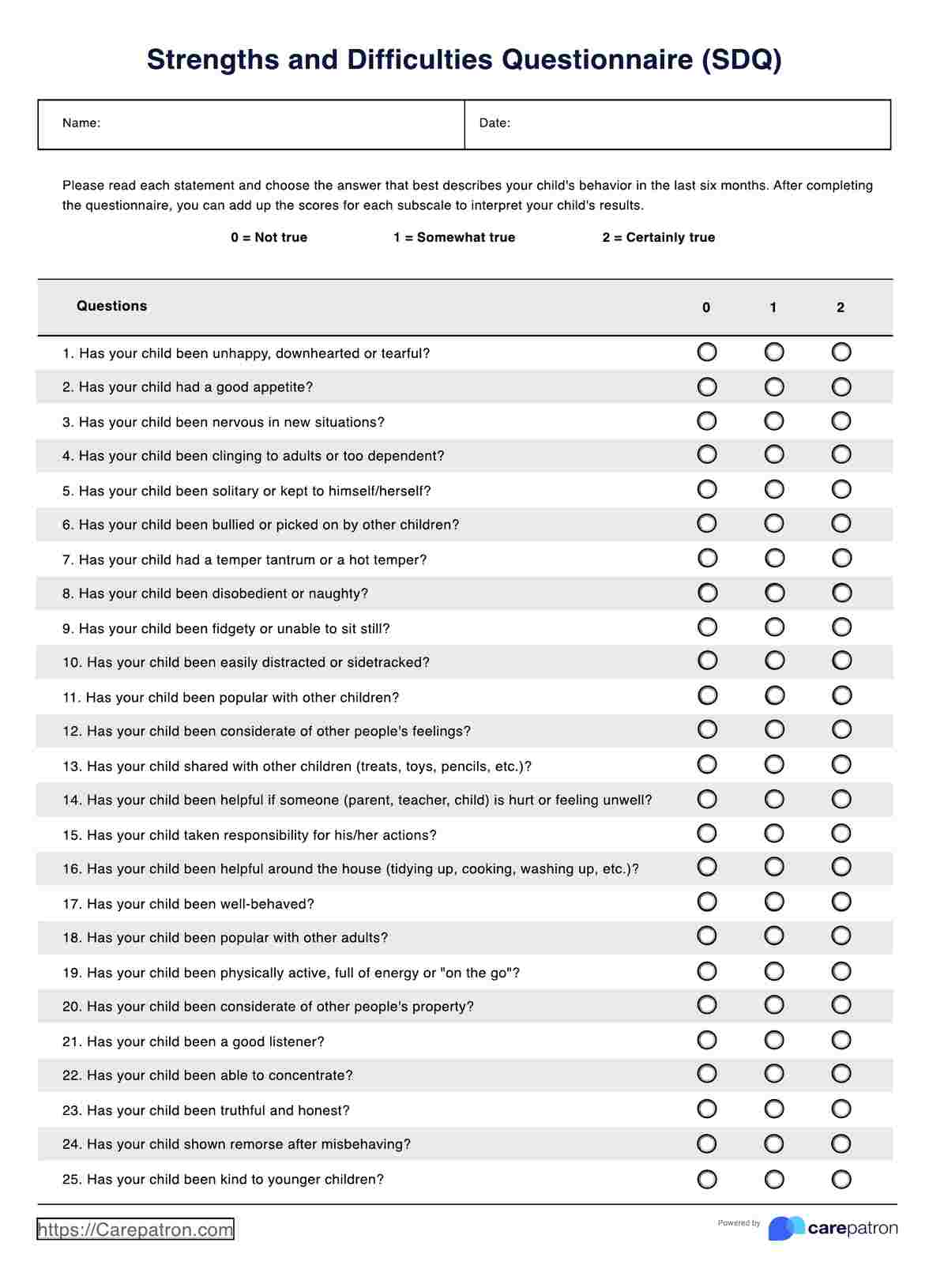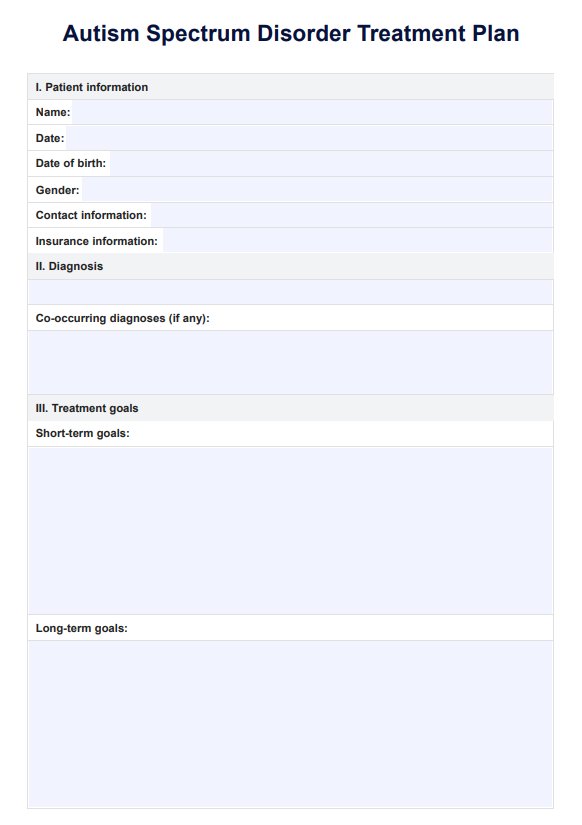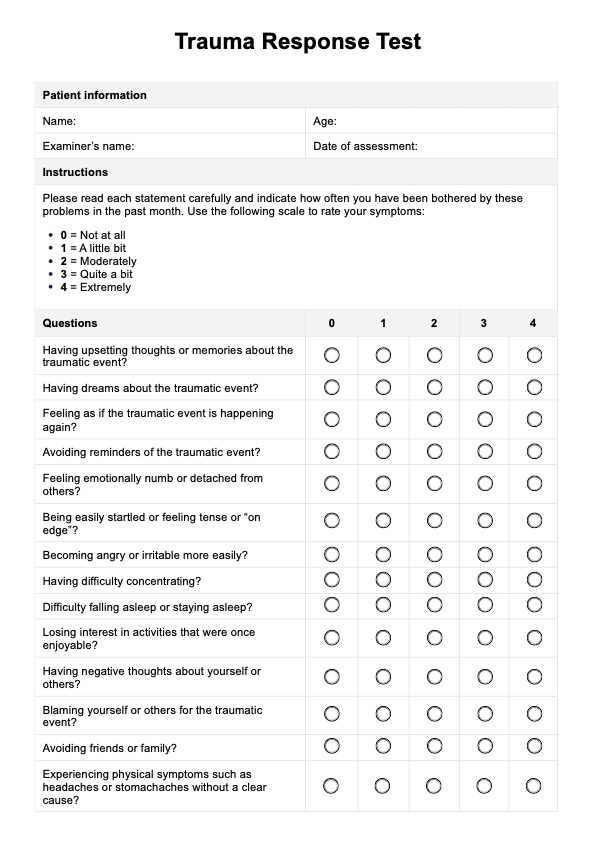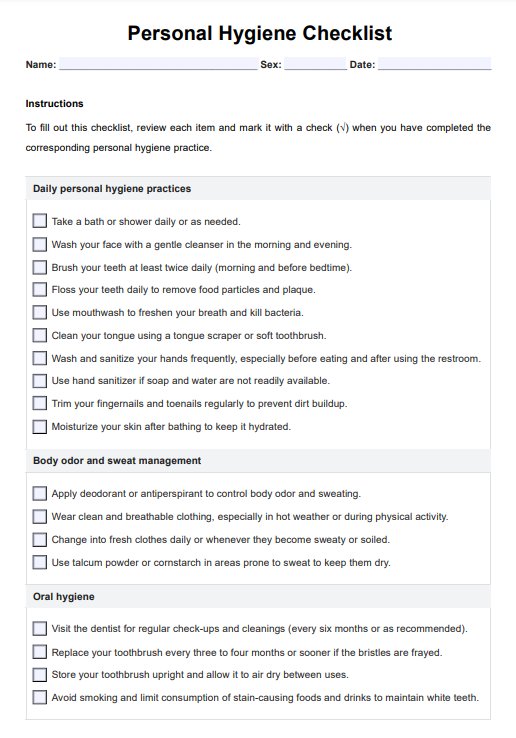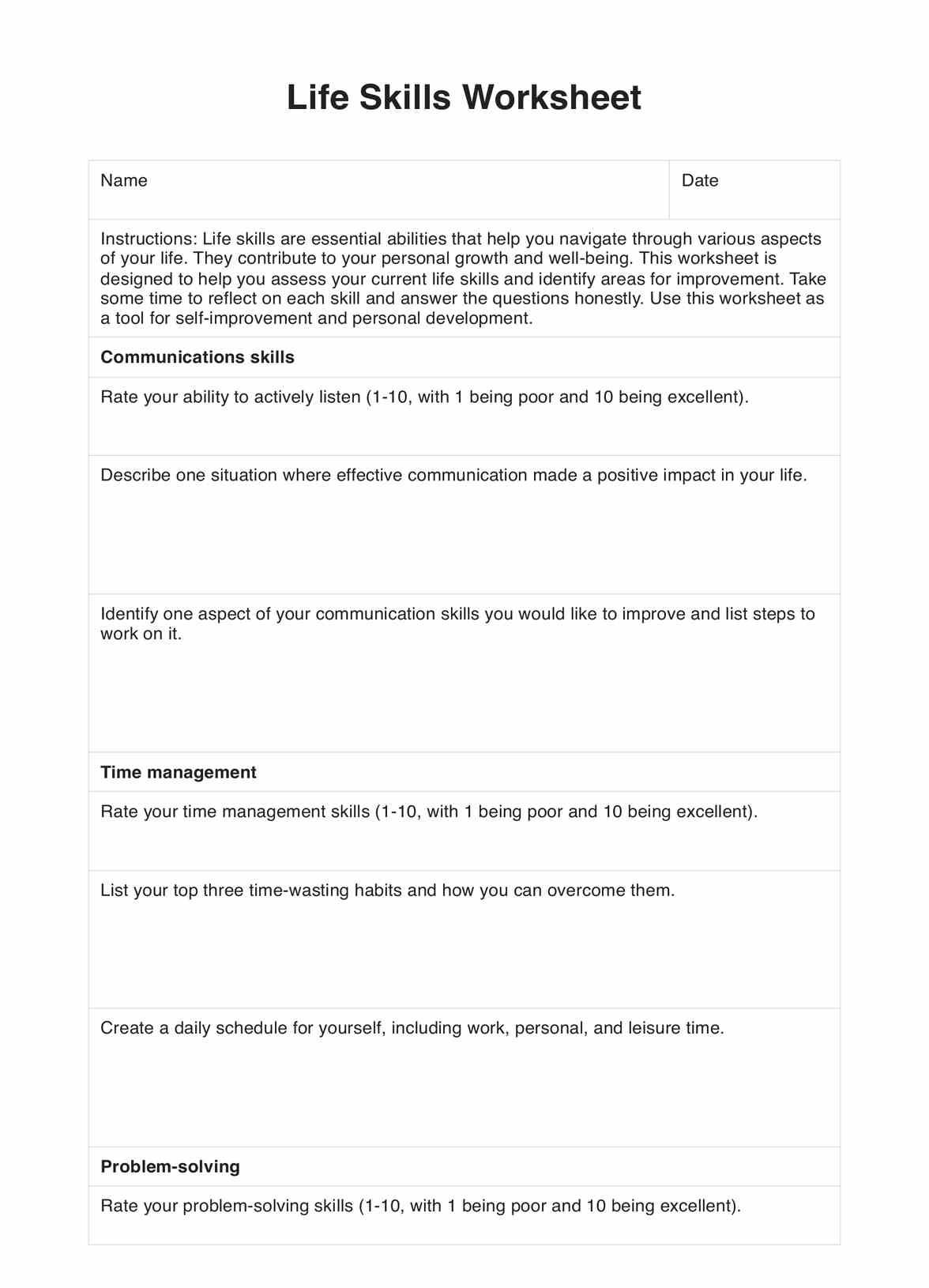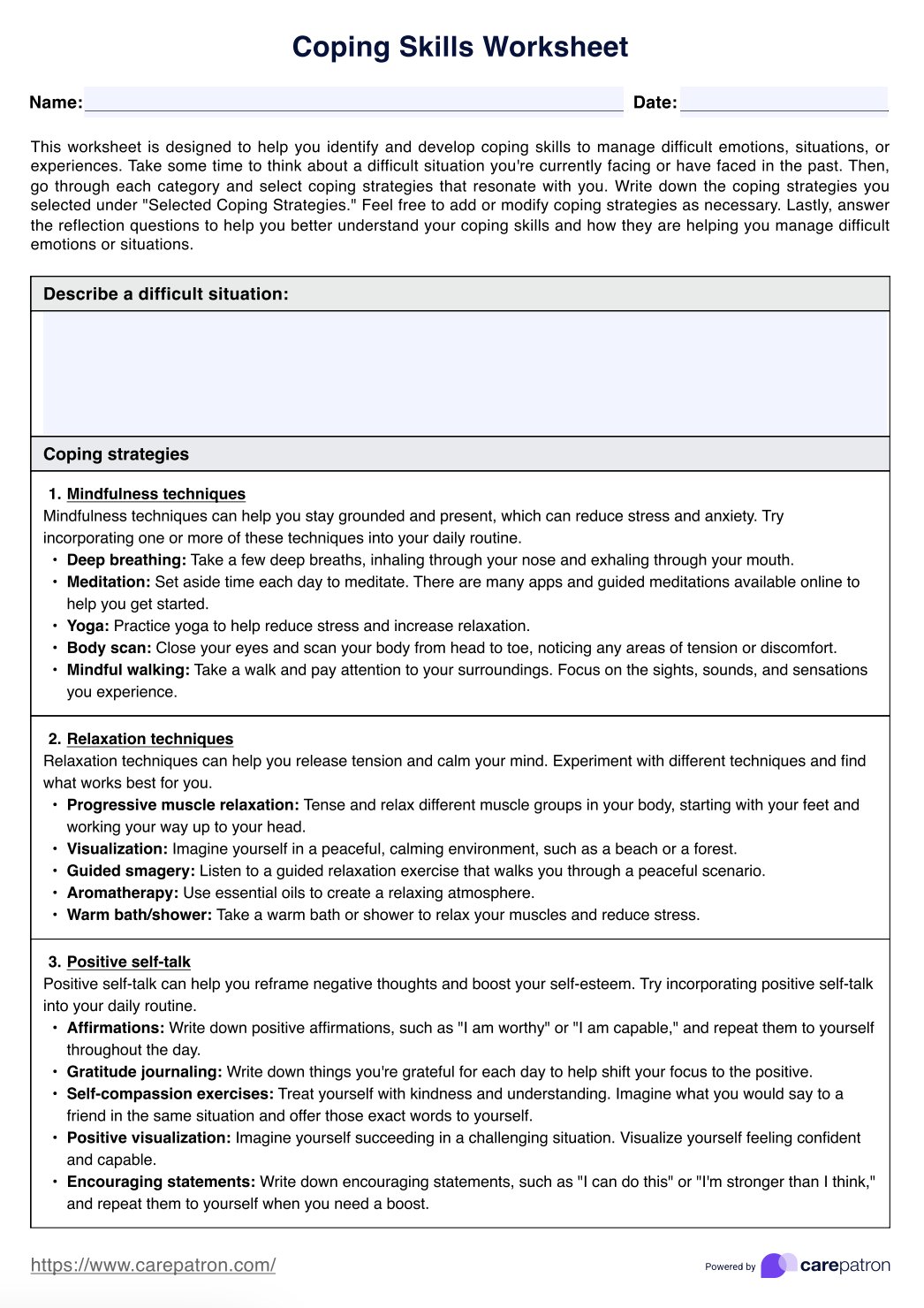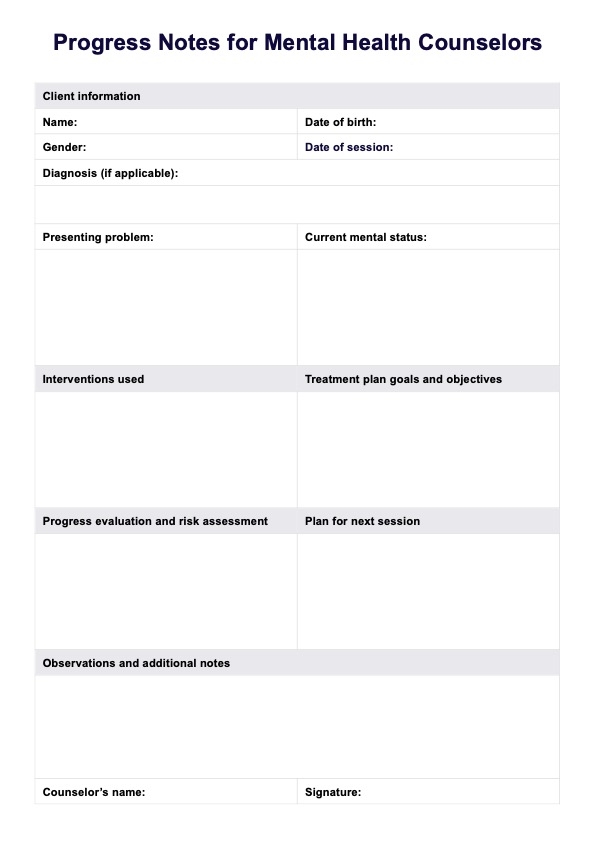LCL Injury Tests
Assess LCL injury severity accurately with the LCL Injury Test. Discover its reliability, accuracy, and role in diagnosing potential ligament tears.


What is an LCL Injury Test?
An LCL (lateral collateral ligament) injury test is a fundamental diagnostic procedure employed to evaluate the extent of damage to the lateral collateral ligament within the knee joint. As one of the four major ligaments that contribute to the knee's stability, the LCL plays a pivotal role in preventing excessive inward movement of the joint. The primary objective of the LCL injury test is to determine the severity of an LCL injury, which can range from a mild sprain to a complete tear.
During the , a trained medical professional, such as a doctor or physical therapist, carefully examines the patient's knee. The patient lies on their back with the knee bent at a specific angle, usually around 30 degrees. The examiner applies controlled pressure to the inside of the knee while stabilizing the thigh bone. This pressure places stress on the LCL, allowing the examiner to assess the presence of any "gapping" or abnormal movement on the outside of the knee joint. Pain or discomfort experienced by the patient during the test can also provide valuable insights into the injury's severity.
While the LCL injury test is informative, its accuracy is not always definitive. It may be challenging to distinguish between different levels of injury, such as a mild sprain versus a complete tear. Thus, complementary diagnostic tools like X-rays or MRI scans might be necessary to confirm the diagnosis. Understanding the results of the test for LCL injury aids medical professionals in determining the appropriate treatment plan, which can range from conservative measures like rest and rehabilitation for mild injuries to surgical intervention for more severe cases.
LCL Injury Tests Template
LCL Injury Tests Example
How does it work?
How to test for LCL injury? Using the Printable LCL Injury Tests form can be helpful as it is a straightforward process designed to facilitate the assessment of potential LCL injuries. Follow these steps to effectively utilize the form and gather essential diagnostic information:
Step 1: Access the Form
Begin by obtaining the Printable LCL Injury Tests form, which can typically be downloaded or accessed from a medical facility's website. Ensure you have a reliable source for the form.
Step 2: Patient Information
Start by entering relevant patient details, including their name, date of birth, and contact information. This ensures accurate record-keeping and identification.
Step 3: Positioning and Preparation
The form may include instructions for proper patient positioning during the LCL injury tests. Follow these guidelines to ensure the patient is positioned correctly, optimizing the accuracy of the assessment.
Prepare any required equipment, such as an examination table and necessary tools for palpation.
Step 4: Perform the LCL Injury Tests
Individually complete each LCL injury test outlined on the form. This may involve the varus (adduction) stress test and additional tests, as needed.
Document observations and outcomes for each test. Note any discomfort or pain experienced by the patient during the assessment.
Step 5: Interpretation and Next Steps
Evaluate the results of the LCL injury tests based on observations and patient responses.
Use the form to interpret the findings, assessing factors such as lateral joint line gaps and potential ligament involvement.
Based on the results, determine the severity of the LCL injury using established grading criteria (e.g., Grade 1, Grade 2, Grade 3).
Consider whether supplementary diagnostic tools, such as X-rays or MRI scans, are necessary to confirm the diagnosis.
Step 6: Documentation and Follow-Up
Complete any additional sections of the form that require documentation, such as notes on other structures involved or the patient's response to the assessment.
Store the completed form in the patient's medical records for reference and future follow-up. This information is essential for treatment planning and monitoring the patient's progress.
When would you use this Form?
The LCL Injury Tests Form is an indispensable aid in the toolkit of healthcare professionals, particularly those specializing in orthopedics and sports medicine. This resource is specifically designed to be utilized when evaluating potential injuries to the lateral collateral ligament (LCL) within the knee joint.
Sports Medicine Practitioners: For sports medicine practitioners, the form comes into play when assessing athletes or active individuals who may have sustained a knee injury during athletic activities. Whether it's a soccer player, a runner, or someone involved in any physical sport, the form assists in systematically evaluating the extent of LCL involvement.
Orthopedic Specialists: Orthopedic specialists often encounter patients with knee concerns, ranging from mild strains to complex ligament injuries. The LCL Injury Tests Form becomes particularly relevant when diagnosing and grading the severity of LCL injuries, aiding in treatment planning and surgical decision-making.
Physical Therapists: When patients seek the expertise of physical therapists due to knee discomfort or mobility issues, the form proves beneficial in determining if LCL involvement is contributing to their condition. It guides therapists through structured assessments, allowing them to tailor rehabilitation programs for effective recovery.
Emergency Medical Personnel: In emergency situations, where immediate assessment of knee injuries is vital, the LCL Injury Tests Form provides a systematic framework. This helps emergency medical personnel quickly gather essential information to inform initial care and potential referrals.
Primary Care Physicians: Even in non-specialized settings, primary care physicians can utilize the form to conduct initial evaluations of knee discomfort or trauma. They can gather valuable insights to decide whether a patient requires further specialized assessment or intervention.
Benefits
Incorporating a free resource into clinical practice ensures a standardized approach to LCL injury assessments and enhances the quality of patient care through accurate diagnosis and tailored treatment strategies. Here are more of its benefits:
Structured Assessment
The Free LCL Injury Tests Form provides a systematic and organized approach to conducting assessments, ensuring that healthcare professionals follow a consistent and thorough procedure.
Accurate Diagnosis
By guiding practitioners through specific tests and observations, the form enhances diagnostic accuracy, helping identify the severity of LCL injuries and potential ligament involvement.
Informed Treatment
The form empowers healthcare providers to make informed decisions regarding treatment plans and interventions, ensuring patients receive tailored care for their LCL injuries.
Efficient Documentation
With designated spaces for recording observations, patient responses, and test outcomes, the form streamlines documentation, allowing for easy reference during follow-up visits and treatment adjustments.
Enhanced Communication
The form facilitates effective communication among healthcare professionals, enabling seamless sharing of assessment findings and treatment recommendations.
Optimized Patient Care
Utilizing the Free LCL Injury Tests Form contributes to improved patient care by enabling healthcare providers to monitor progress, track recovery, and make informed decisions based on accurate assessment results.
Research & Evidence
The lateral collateral ligament (LCL) serves as one of the pivotal stabilizers of the knee joint, thwarting excessive inward movement of the knee. To evaluate potential LCL injuries, healthcare professionals employ the LCL injury test, a physical examination designed to gauge injury severity.
Originally introduced in the early 1900s, the LCL injury test initially involved full knee extension. However, subsequent research revealed that its accuracy is heightened when conducted with the knee bent at a 30-degree angle. Numerous studies have scrutinized the test's reliability and validity, shedding light on its diagnostic capabilities.
In a 2007 study by van Dijk et al., the LCL injury test demonstrated 83% sensitivity and 91% specificity in detecting LCL tears. A 2010 study by Rodeo et al. further affirmed the test's accuracy, showing 93% sensitivity and 89% specificity when executed with the knee in full extension.
While the LCL injury test offers valuable insights into injury severity, it's important to acknowledge its limitations. While it excels in many cases, the test is not infallible. In certain instances, supplementary diagnostic tools like X-rays or MRI scans may be indispensable for definitive diagnosis.
References
- van Dijk, N. J., Noyes, F. R., Butler, D. L., Perry, R., & Grood, E. S. (2007). The accuracy of the clinical examination in the diagnosis of acute tears of the anterior cruciate ligament, medial collateral ligament, and lateral collateral ligament. The American Journal of Sports Medicine, 35(11), 1920-1929.
- Rodeo, S. A., Taylor, S. K., Wickiewicz, T. L., Warren, R. F., & Wickiewicz, C. E. (2010). The accuracy of the Lachman, pivot shift, and varus/valgus stress tests for diagnosing anterior cruciate ligament tears: A prospective study of 400 patients. The American Journal of Sports Medicine, 38(2), 341-348.
- Khan, K. M., Kiss, J., & Batt, M. E. (2009). Clinical tests for the diagnosis of lateral collateral ligament tears of the knee: A systematic review. The Journal of Bone and Joint Surgery. British Volume, 91(9), 1217-1224.
Commonly asked questions
Healthcare professionals such as orthopedic specialists, sports medicine practitioners, physical therapists, and emergency medical personnel typically use LCL Injury Tests. These experts have the expertise to assess potential injuries to the lateral collateral ligament (LCL) and other knee ligaments.
LCL Injury Tests are used when a patient presents with knee discomfort, mobility issues, or a history of trauma. They are employed to evaluate suspected LCL injuries, especially in scenarios involving sports-related incidents, accidents, or other instances where knee ligament damage is a concern.
Healthcare professionals follow a structured approach outlined in LCL Injury Tests templates or apps. They position the patient as instructed, conduct specific tests like the varus (adduction) stress test, document observations, and assess discomfort or pain. The results are then interpreted to determine the severity of LCL injury and potential ligament involvement. This information guides treatment decisions, helps monitor progress, and ensures optimal patient care.


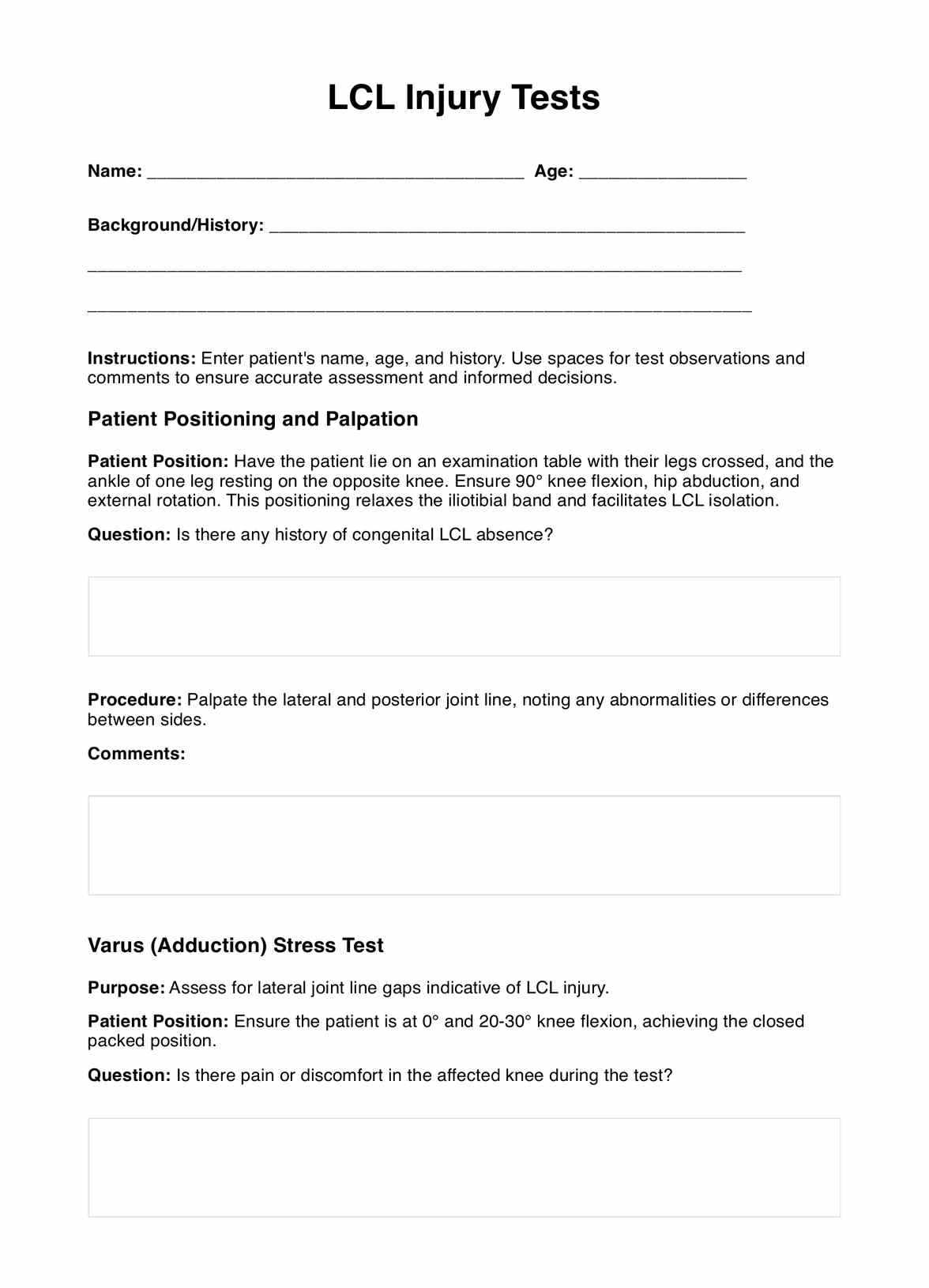
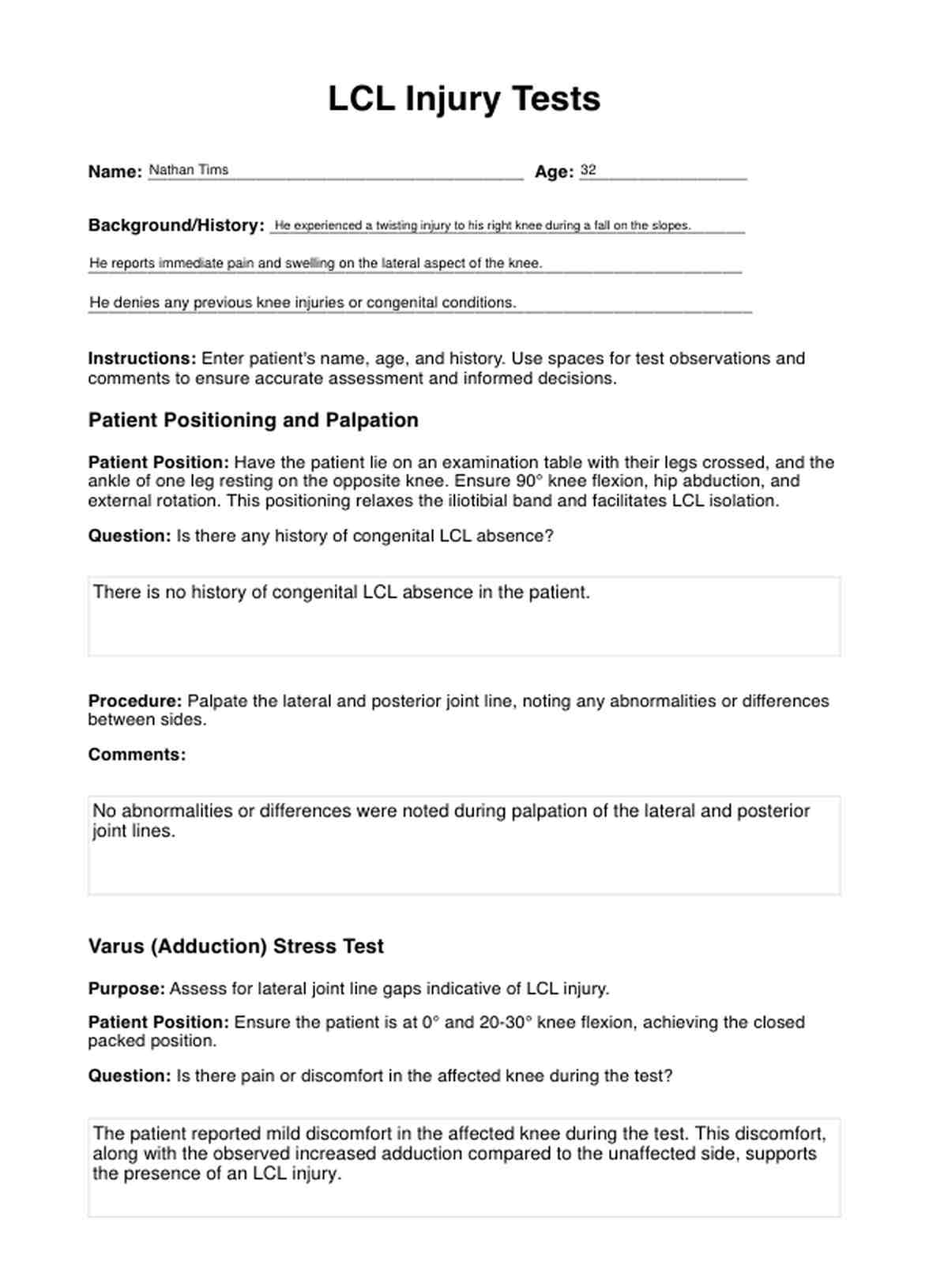















-template.jpg)
























































































